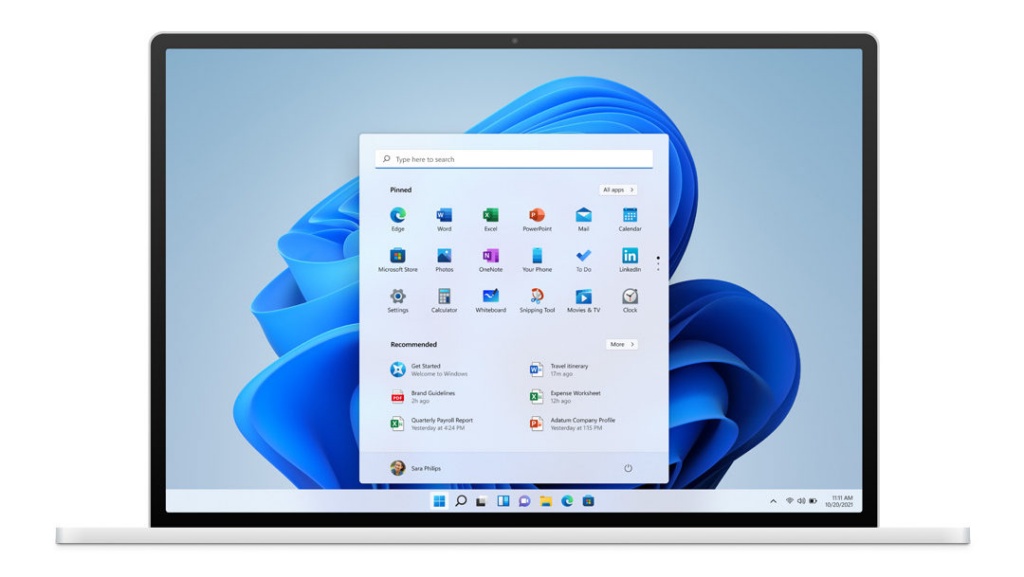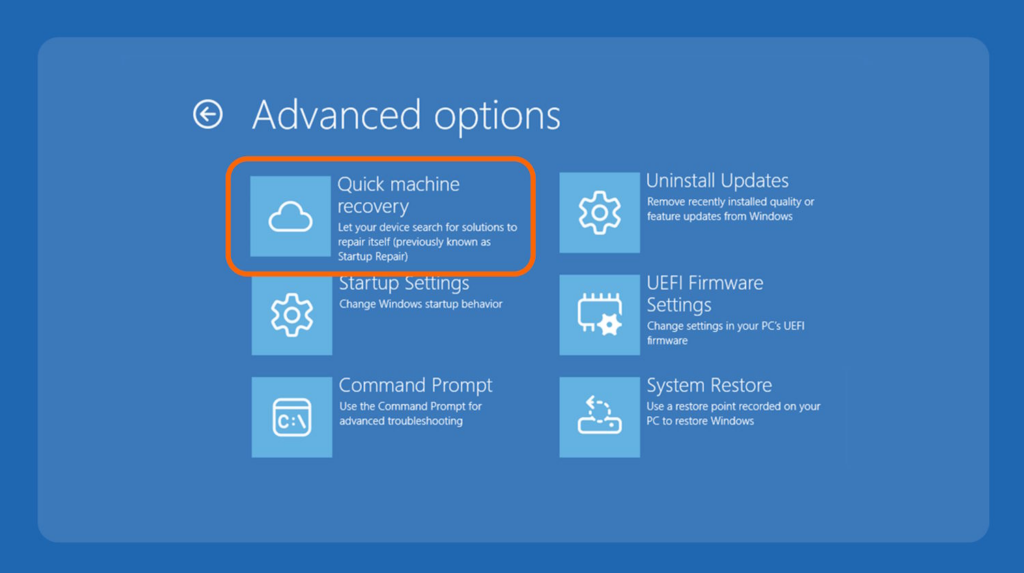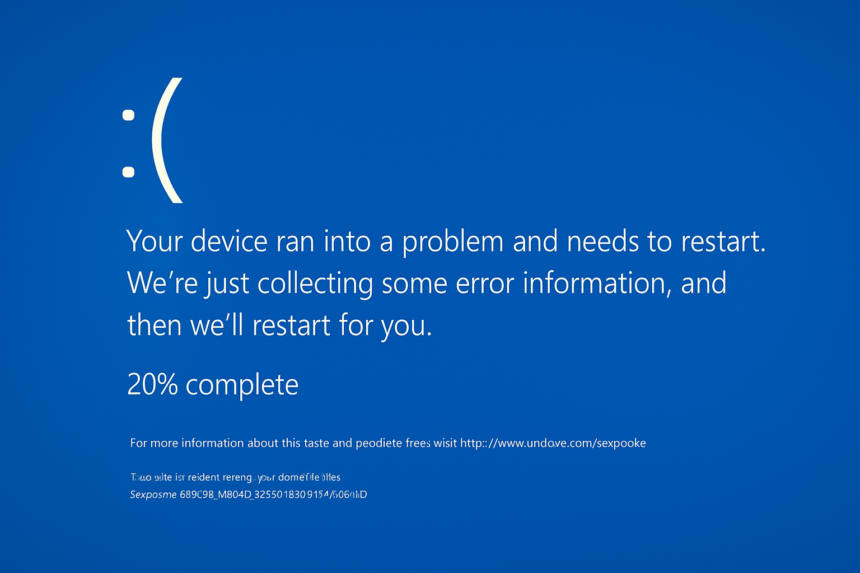The Blue Screen of Death (BSOD) has long been one of the most dreaded experiences for Windows users. With its cold blue background and often cryptic error messages, the infamous screen signals a system crash that leaves users anxious and unsure of how to proceed. However, Microsoft is testing a new design that promises to make this experience less alarming and more user-friendly.
What’s Happening & Why This Matters

In its latest Windows 11 preview build, Microsoft is rolling out a redesigned BSOD to reduce stress and confusion for users facing a system failure. The new design removes the frown face that has been a hallmark of the BSOD for years, opting instead for a cleaner, more simplified look. The screen’s color is also being tested — it has been changed from blue to green in the preview build, although this may change when the final version is rolled out.
This change is part of Microsoft’s ongoing effort to align Windows 11 with its focus on a smoother, less intimidating user experience. The redesigned BSOD displays less text than before, focusing on the most essential information users need. At the bottom of the screen, technical details are still in smaller text, but the overall design has been simplified to ensure users aren’t overwhelmed by the error message. Microsoft hopes this redesign will make a system crash less stressful, especially for users who may not be familiar with technical troubleshooting.
While the green screen in the preview build may seem like a radical departure from the traditional blue screen, Microsoft has explained that it is testing the color scheme, which could return to blue in the final release. The key takeaway is that the BSOD is no longer just a signal of failure — it’s part of Windows 11’s overall goal to make system errors more approachable.
In addition to the BSOD redesign, Microsoft is introducing a new feature called Quick Machine Recovery mode. This feature allows IT administrators to fix Windows systems that fail to boot properly remotely. By giving admins the ability to diagnose and repair systems remotely, Microsoft hopes to minimize downtime and reduce the frustration that comes with system failures, particularly in a business setting.

Improving Users’ Responses
The revamped BSOD is more than just an aesthetic change; it’s a step toward improving user experience in Windows 11. System crashes are frustrating enough, and the BSOD has historically been an intimidating sight. With a more approachable design, users may feel more at ease when encountering errors, knowing that the alert doesn’t have to be a source of panic.
The Quick Machine Recovery mode helps IT administrators diagnose and repair machines that won’t boot. This feature is expected to streamline the recovery process for businesses where system downtime can lead to productivity losses. By offering a remote solution, Microsoft allows companies to manage their Windows 11 devices more efficiently without requiring physical intervention for many common issues.
While the redesigned BSOD and recovery mode are being tested in preview builds, Microsoft will likely refine these features before they are officially released. Feedback from users and IT professionals will likely guide Microsoft in finalizing the design and functionality. The new system error notifications and recovery approach is likely to be a welcome improvement for businesses and individual users.
TF Summary: What’s Next?
As Microsoft continues to develop Windows 11, the redesigned BSOD and the introduction of Quick Machine Recovery mode are essential steps in improving the operating system’s usability. These updates focus on making system errors less stressful for users and more manageable for IT administrators.

In the future, we can expect Microsoft to refine these features based on user feedback and integrate them more fully into Windows 11. With Windows 11 already known for its sleek design and enhanced features, these updates could be another part of the ongoing effort to make the operating system more accessible and user-friendly for everyone.
— Text-to-Speech (TTS) provided by gspeech


